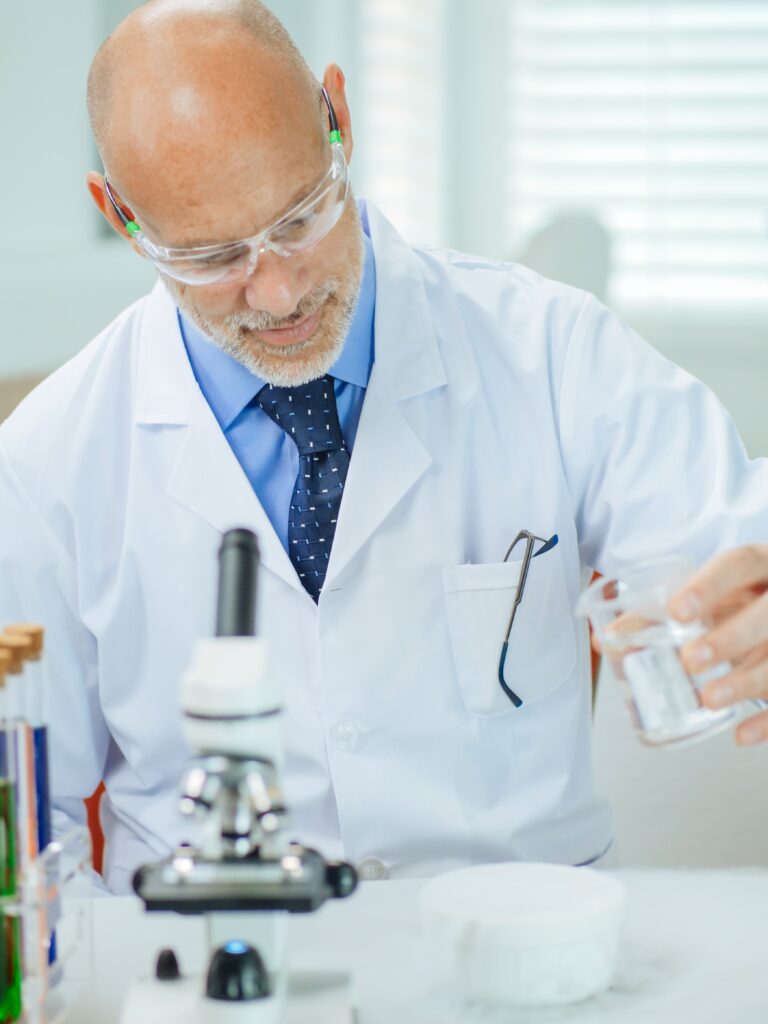
The pharmaceutical landscape is ever-evolving, with innovative technologies continually reshaping the development, manufacture, and testing of biological medicinal products. However, these advancements also present regulatory challenges that need to be navigated for the benefit of patients.
Rapid Sterility Testing
Rapid sterility testing is a promising approach for cell and gene therapy products. However, it requires compliance with the Ph. Eur. 2.6.1 test for sterility, which is time-consuming due to the need for microbiological culture. Clearer regulatory guidance is needed to demonstrate that rapid sterility methods are suitable for their intended purposes and can meet the Ph. Eur. standards.
Multi-Attribute Methodologies
Multi-Attribute Methods (MAMs) by mass spectrometry offer the ability to test multiple quality attributes within a single method run. These methods generate rich data sets that can be retrospectively reassessed for new quality attributes. However, regulatory challenges exist, such as the lack of correlation between MAMs and conventional methods due to differences in the underlying measurement techniques.
Digitization and Artificial Intelligence
The use of modeling and digital twins represents an attractive approach for shortening the development times associated with standard CMC development. However, more thorough guidance is needed on real-time predictive modeling and how updates to the models fit the current EU variations legislation.
Continuous Manufacture
Despite the potential for increased process efficiency and reduced cost and time, end-to-end continuous manufacture (CM) has yet to be approved in an EU-licensed biologic product. One barrier to the implementation of CM for biomanufacturing is the time-to-result for in-process tests applied to critical process steps.
Conclusion
These are just some of the technologies reshaping biomanufacturing. It is crucial to ensure that EU assessors and inspectors are equipped with the skills, training, and relevant tools to regulate these new technologies. Furthermore, it is essential to communicate to the public that innovations in biomanufacturing, including artificial intelligence, do not result in lower quality medicines or negatively impact the safety and efficacy of medicines on the EU market.
